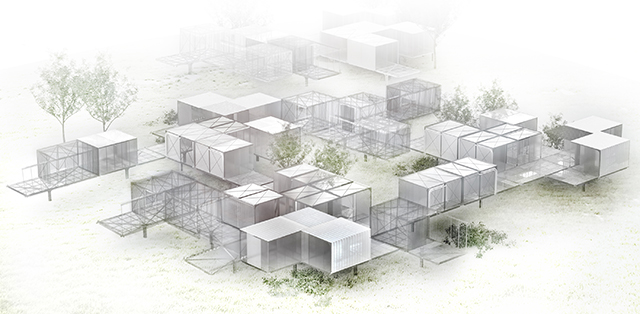
From Hearth to Fire
Eleanna Panagoulia; advised by Jonathan Bachrach, Sara Dean, Etienne Turpin, and Kyle Steinfeld

Our discipline stands at an inflection point, a shift from static schemas towards an understanding of building as 'a material organization that regulates and brings order to energy flows; and, simultaneously and inseparably; as an energetic organization that stabilizes and maintains material forms.' To achieve this, we must integrate Luis Fernandez-Galiano's vision of energetic and material flows with one that accounts for the fluctuating context of contemporary society. To that end, this project interprets architecture as a system that embraces dynamics, in order to perform both functionally and socially. The proposed designs explore alternative methods that supersede the traditional methods of design, and takes on the realm of data-driven and rule-based design as modus operandi to position and integrate temporarily in architectural design.
From this approach, we propose the transformation of the main site - the Albany Bulb - into an incubator: a platform for small-scale manufacturing and prototyping companies. The program organizes around the term of temporarily by dividing into permanent and temporal infrastructure. The permanent infra- structure is buried under the artificial ground, while the temporal is organized as a modular system of semi-dependent units. This division addresses a combination of centrality and dispersion, where only the dispersed part is visible to the visitor. A computational strategy is employed to explore configurations of temporal infrastructure, in relation to the existing context.
The secondary satellite office project builds up on the existing concept of a modular system that aggregates on a structural platform. The term platform is a key term for this project both structurally and metaphorically. A platform for innovation, as well as a platform as an infrastructure receiver. The designed infrastructure operates as a programmatic extension in existing building infrastructure, while maintaining its prior character as a small scale tech company scaffold. Here, the module configuration is driven by the arrangement existing facade of the building, openings and structural elements, as well as the climatic conditions of the chosen site. The typology of the space is divided into mechanical spaces, work spaces and semi-open spaces that replace the occupied space of the existing building.
A common objective is the building operation as a thermodynamic passive system, looking for innovative ways of integrating building systems into a network of mechanical and skin infrastructure.
The Incubator is an enclosed container like apparatus for housing prematurely born babies under optimum conditions until they are strong enough to survive in the normal environment. In the working environment context, an incubator acts as a commercial property, divided into small work units, which provides equipment and support to new businesses.
The term modular refers to the design of any system com- posed of separate components that can be connected together. A modular system allows for the replacement or addition of any component (module) without affecting the stability of the system. Although the modules are independent from each other, they can operate collectively.
Probability is used as a state or a condition that does not depend continuously on its parameters. Here probability is represented by a continuous, 3dimensional surface and one ball. The topological surface allows us to define the flux equilibrium by combining a series of different paths to define multiple points of equilibrium. Hence, the final path of the ball is unpredictable, but also constrained by the geometry of the continuous surface.
The term probability is used as a state or a condition that does not depend continuously on its parameters. Here probability is represented by a continuous, 3dimensional surface and one ball. The topological surface allows us to define the flux equilibrium by combining a series of different paths to define multiple points of equilibrium. Hence, the final path of the ball is unpredictable, but also constrained by the geometry of the continuous surface.
The homeless cart is an indispensable object for a homeless person. This is because it acts as a mobile place where all the important artifacts can be collected, transferred and stored for future use. The important aspect about this object is that its nature is transformable. It is a flexible container that can adapt to temporal shits of requirements.
The Cabinet of Curiosities, also known as 'wonder room', was a small collection of extraordinary objects, which, like today's museums, attempted to categorize and tell stories about the wonders and oddities of the natural world. In this project the cabinet is used as a metaphor to describe the transformation of the context into a place that offers a variety of experiences.
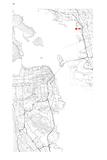
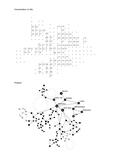
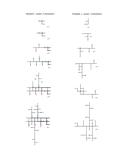
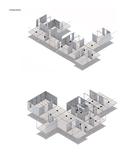
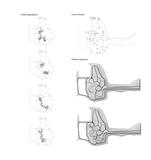
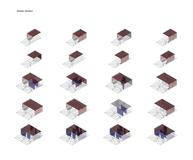






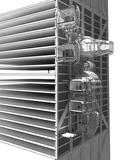
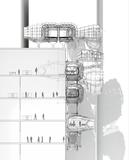
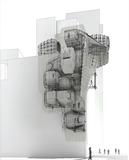
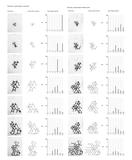
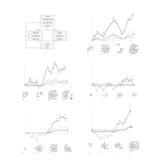
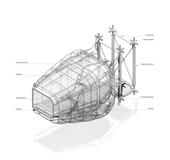
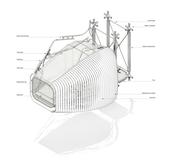
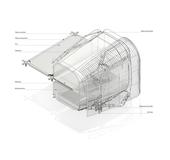
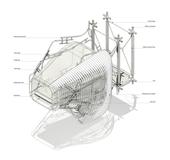
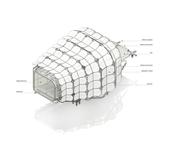






There's more!
Some other projects from this same class have been posted, as well as some interesting student work from this same year.